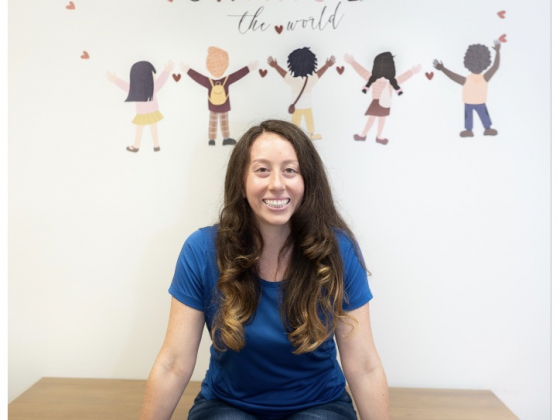

When it comes to childhood development, Alicia Lasaga believes the word “No” can set the stage for positive outcomes with enduring impacts.
“Hearing and responding to ‘No’ is one of the most important skills that a child can learn,” said Alicia, the Founder and CEO of Autism Worldwide.
Alicia pointed out that hearing the word “No” is an everyday reality for all of us, children and adults alike. Nobody gets everything they want, so exposing children to this circumstance early in life can establish a foundation for a balanced response that only grows stronger as the child gets older.
“At Autism Worldwide, we teach children how to react well when they don’t get what they want,” Alicia said. “We bring real life to therapy.”
This approach to autism therapy is just one way in which Autism Worldwide stands out when it comes to creating a nurturing environment for children and preparing them to lead healthy, balanced, successful and independent lives.
The Autism Worldwide team teaches in natural, real-world settings, with the goal of equipping their students with the tools and confidence needed for success once they leave the program.
For example, Autism Worldwide teachers, like many autism instructors, teach numbers using flashcards. But unlike other programs, Autism Worldwide builds upon that learning.
After learning about numbers through flashcards, children are then tasked with an art project using numbers. Next up is a music class where students count while playing drums. Then it’s on to dance class, where students are spinning a certain number of times in conjunction with the numbers they just learned on the flashcards.
The result is a holistic approach to teaching that views singular disciplines, like numbers, counting and math, as pieces of larger puzzles that speak to a child’s overall personality and perspective on the world.
One critical component of Autism Worldwide’s approach to teaching children with autism is its relationship to the traditional methods encompassed within Applied Behavior Analysis, or ABA.
Autism Worldwide believes ABA may not be the best approach because its foundations are not always sustainable outside of the educational environment, once a student enters the real world. Developing its own methods, outside of ABA, has allowed Autism Worldwide to distinguish itself from more traditional approaches as it continues to grow and maintain a “family feel” that focuses on students but also includes families and employees.
Steering away from ABA complements another Autism Worldwide approach toward instruction, one that supports a student’s leanings toward independence. Alicia explained that a student who feels at home in a sensory class, where the study of different textures is paramount, can discover an interest in art. That child, within the context of learning, is encouraged to pursue their passion, but with a baseline that will transcend the classroom.
“Autism Worldwide,” Alicia said, “is dedicated to teaching the whole child.”
Visit autismworldwide.us.com to learn more.
Advertising disclosure: We may receive compensation for some of the links in our stories. Thank you for supporting LA Weekly and our advertisers.